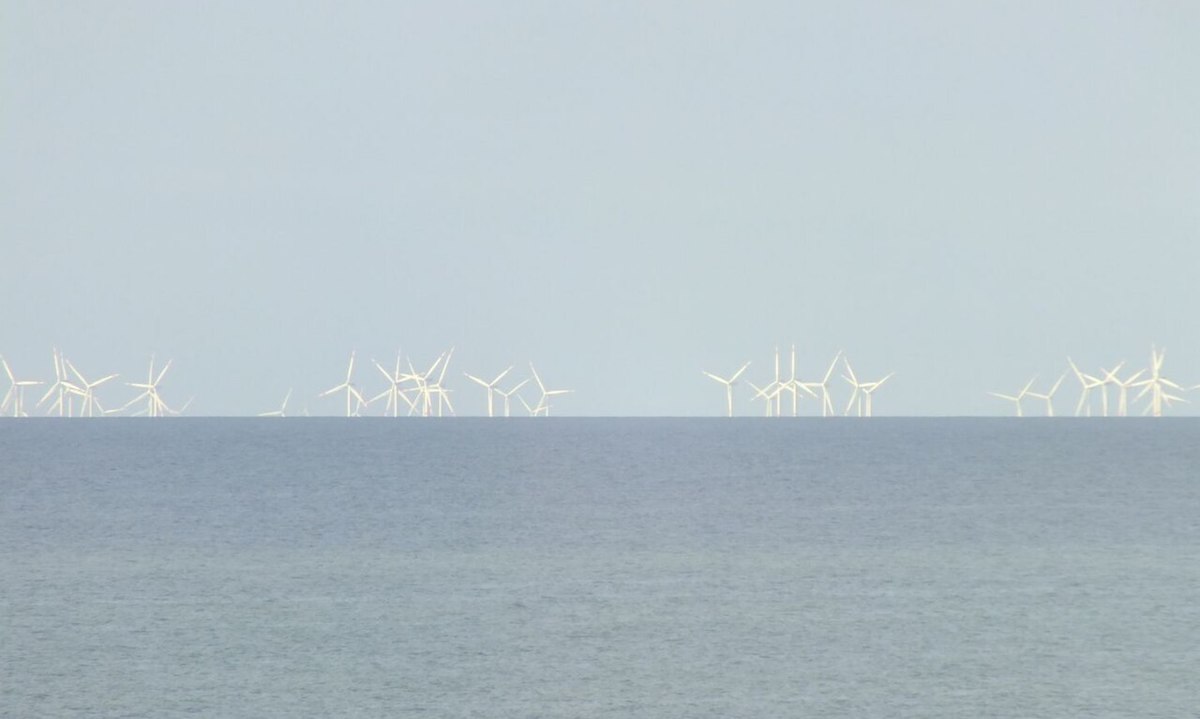The Thorntonbank offshore wind farm is a remarkable and outstanding example of how modern engineering and renewable energy intersect with the natural geography of our planet. This offshore wind farm is located 50 kilometers off the coast in the North Sea near Belgium.
The image shows a series of wind turbines emerging from the sea horizon. At first glance, we might expect to see the bases of these turbines, but instead, we see that they are partially hidden by the curvature of the Earth. This phenomenon, known as the occultation effect, is a direct visual manifestation of the Earth's globe. As we move away from an object, due to the planet's curvature, the object appears to gradually “sink,” with the base disappearing from view before the top. In the case of the Thorntonbank offshore wind farm, only the tops of the wind turbines can be seen from the aforementioned distance, while the bases are hidden in sight.
Scientists and teachers often use this phenomenon to prove the curvature of the Earth. Wind turbines, with their great height and slender structure, are ideal for observing this effect because they provide a clear reference point against a uniform background of sea and sky.
Furthermore, the image of the Thorntonbank wind farm highlights the growing importance of renewable energy. The wind turbines deployed at sea form part of a broader effort to generate energy sustainably and harness continuous offshore wind to produce carbon-free electricity.
The visual effect of the Earth's curvature on the wind farm also reminds us of the vastness of the planet and the need for energy solutions that can be implemented on a large scale. The Thorntonbank offshore wind farm is a small but important component of the global effort to transition to cleaner, renewable energy sources.
This wind farm not only symbolizes technological and environmental triumph, but also serves as an educational symbol and a constant reminder of the physical characteristics of our world and the responsibility we have in managing its natural resources.


:quality(85)/cloudfront-us-east-1.images.arcpublishing.com/infobae/6TZUQCMV24GKFG4NILG4P5K55Y.jpg)
:quality(85)/cloudfront-us-east-1.images.arcpublishing.com/infobae/JI7PZZNCYJCRNJ52OG723XUWXY.jpg)

